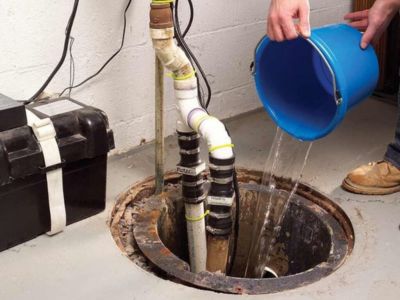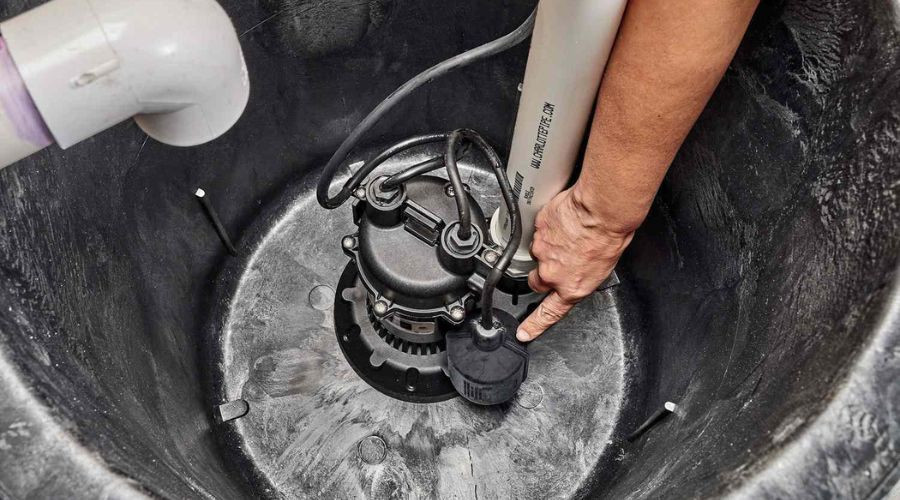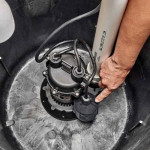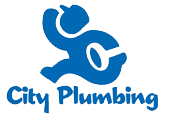What Exactly Is a Sump Pump?
As spring approaches, homeowners should bring out the spring checklist of things to get done around the house. Whether this is a physical checklist or one that resides in the back of the mind until winter is over doesn’t matter. What matters is that testing the sump pump is on the list somewhere—preferably near the top.
A sump pump is simple, but it is like an insurance policy that homeowners hope they never have to use. It’s always better to have one and not need it than to need one and not have it. This is because a sump pump can help prevent thousands of dollars in water damage when powerful spring storms roll through. So read on to learn about the basics of sump pumps and how to test them in time for spring storms!
Sump Pumps: The Basics
For those not familiar with sump pumps, they are simple pumps that are installed at the lowest point in the house in a sump pump basin. Usually, the pump should be installed in the basement or crawlspace. If moisture collects, it usually does so in the basement or crawlspace first, so the sump pit needs to be down there. When the water flows into the pit, the sump pump can pump the water out of the house via a discharge pipe, directing the water away from the foundation.
Most sump pumps are designed to work automatically when they sense water with a sump pump float switch, but some do require manual operation. Automatic sump pumps are the better bet, just in case no one is home when a storm hits and the basement starts flooding. Likewise, a sump pump with a battery backup is also a good idea, just in case there’s a power outage during the storm.
Two Primary Types of Sump Pumps
 The two main types of sump pumps are pedestal and submersible. Pedestal sump pumps are cheaper than submersible sump pumps, but they’re not as powerful. They get their name from the fact that the motor sits up out of the sump pump basin on a pedestal, keeping it out of the water and preventing the need for the expensive waterproofing that is common among submersible sump pumps. Meanwhile, the impeller and one end of the discharge pipe are down in the basin, ready to pump water out when needed. This makes them ideal for more narrow sump pump basins that couldn’t easily fit a submersible pump.
The two main types of sump pumps are pedestal and submersible. Pedestal sump pumps are cheaper than submersible sump pumps, but they’re not as powerful. They get their name from the fact that the motor sits up out of the sump pump basin on a pedestal, keeping it out of the water and preventing the need for the expensive waterproofing that is common among submersible sump pumps. Meanwhile, the impeller and one end of the discharge pipe are down in the basin, ready to pump water out when needed. This makes them ideal for more narrow sump pump basins that couldn’t easily fit a submersible pump.
As the name suggests, submersible sump pumps are designed to go into the water, motor and all. They are waterproof and usually more powerful, making them ideal for handling high volumes of water. Since the motor sits in the pit, these sump pumps are much quieter than their pedestal counterparts. However, submersible sump pumps tend to wear out faster than pedestal pumps, which can last two to three times longer than submersibles.
Making Sure the Sump Pump Works
 Like anything else, sump pumps need to be tested and maintained for proper function. Luckily, testing is easy and can be done in just a few minutes. The easiest way to test a sump pump is to pour water into the sump pump basin. If everything works correctly, the sump pump float switch should sense the water and cause the pump to turn on. If this happens, it’s crucial to ensure the pump removes water from the pit, completing the process.
Like anything else, sump pumps need to be tested and maintained for proper function. Luckily, testing is easy and can be done in just a few minutes. The easiest way to test a sump pump is to pour water into the sump pump basin. If everything works correctly, the sump pump float switch should sense the water and cause the pump to turn on. If this happens, it’s crucial to ensure the pump removes water from the pit, completing the process.
If the water nears the top of the basin and the pump doesn’t turn on—or it turns on but doesn’t pump water out—then a problem with the pump must be addressed. It’s always best to contact a professional plumber to troubleshoot or repair a malfunctioning sump pump. With the help of a professional, homeowners can rest easy knowing their sump pump is in good working order for the next time it’s needed.
About City Plumbing Heating and Air Conditioning
City Plumbing Heating and Air Conditioning has proudly served Odessa, TX, since 1967. Their technicians show up on time and perform excellent workmanship. They also provide upfront pricing and a satisfaction guarantee on every job. Contact them today for sump pump installation or maintenance in Odessa, TX.



